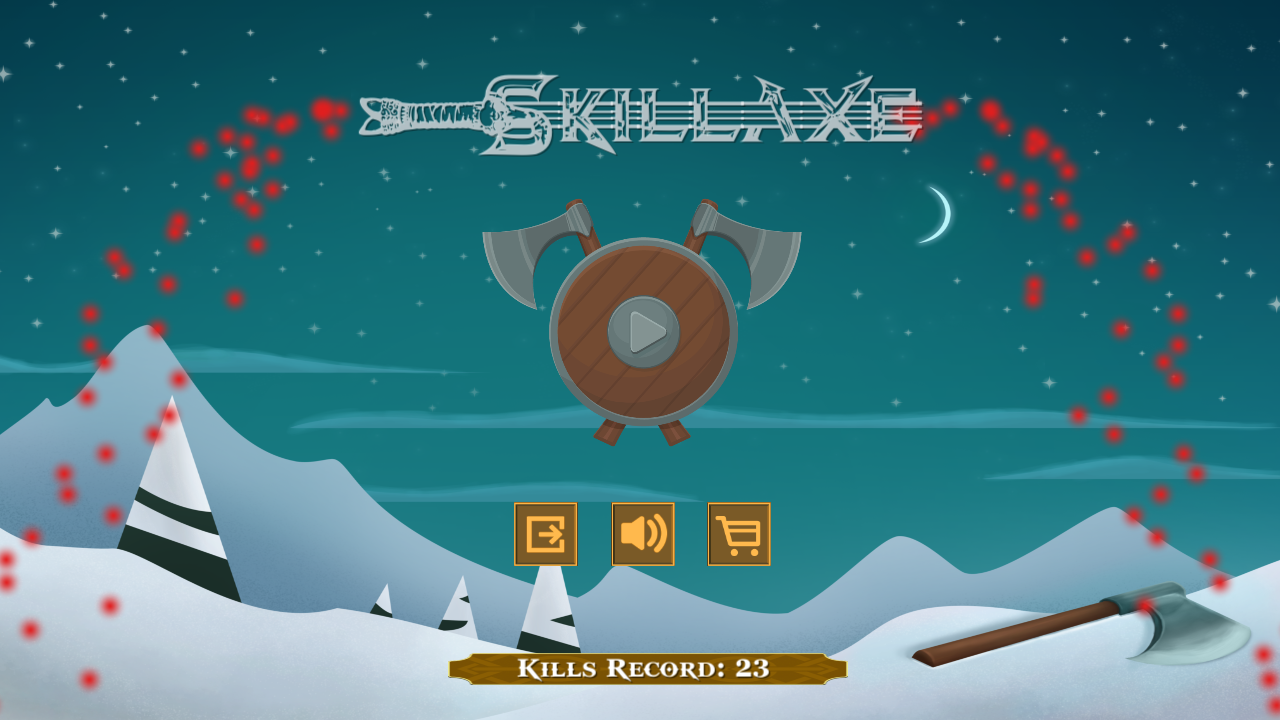In the sprawling, high-stakes world of interactive entertainment, a seismic power shift is underway. For decades, the industry was defined by a predictable arms race between monolithic AAA studios, each vying for graphical supremacy and billion-dollar market caps. Yet, as we survey the gaming landscape of 2025, it’s clear that the old hierarchies are crumbling. The market is no longer solely dictated by blockbuster budgets and photorealistic assets. Instead, it is being profoundly shaped, and in many sectors, outright dominated, by independent games.
This isn’t a story of plucky underdogs landing a few lucky hits. It’s the chronicle of a fundamental change in how games are made, marketed, and consumed. Indie developers, once relegated to niche corners of digital storefronts, are now consistently delivering the industry’s most innovative, culturally relevant, and commercially successful titles. They are setting trends, not just following them, and proving that creativity, community focus, and strategic design can be far more potent than a nine-figure development budget.
This in-depth analysis will explore the core pillars behind this indie renaissance. We will dissect how small teams are weaponizing creative freedom to pioneer new genres and gameplay mechanics. We will examine the new marketing playbook that favors authentic community engagement over massive advertising spends. Finally, we will analyze specific case studies—the viral phenomena that reveal the repeatable strategies behind indie gaming’s new reign as the titans of the industry.
The Innovation Imperative: Gameplay Over Graphics
The single greatest advantage of an indie developer is their freedom from the creative constraints of a large publisher. While AAA studios must often mitigate risk by adhering to proven formulas, indie creators are free to experiment, hybridize genres, and pursue singular, unique visions. This has made the indie space the true engine of innovation in modern gaming.
This creative liberty manifests in several key ways:
- Genre Blending Mastery: Indies excel at taking familiar concepts and smashing them together to create something entirely new and compelling. The colossal success of Palworld is a prime example. On the surface, it appeared to be a simple “creature-collecting” game, but its genius lay in fusing that core loop with mechanics from survival-crafting games like Ark: Survival Evolved and open-world action. This unexpected combination created a gameplay experience that was simultaneously familiar and shockingly novel, appealing to multiple massive audiences at once.
- Focus on Core Loop Addiction: Stripped of the need for cinematic set-pieces and sprawling, empty open worlds, indies can pour all their resources into perfecting the core gameplay loop—the minute-to-minute actions the player repeats. Balatro, a deck-building roguelike based on Poker, became a viral sensation because its core loop is exceptionally satisfying. The simple act of playing hands, combined with the exponential power growth from Joker cards, creates a powerful dopamine rush that makes each run feel different and endlessly replayable. It’s a masterclass in how a simple, well-executed mechanic can be far more engaging than a thousand half-baked features.
- Mechanical Depth over Visual Polish: While indie games often feature stunning and unique art styles, their primary focus is almost always on the depth of their systems. They prove that players will gladly look past simple graphics if the underlying mechanics are rich and rewarding. Lethal Company, with its low-fi, retro-futuristic aesthetic, became one of the biggest sellers on Steam not because of how it looked, but because of its brilliant blend of co-op scavenging, resource management, and terrifying proximity-chat-based horror. The gameplay systems themselves generated the memorable, shareable moments, a lesson in prioritizing interactive substance over passive spectacle.
The New Marketing Playbook: Community as the Megaphone

Indie developers cannot compete with AAA marketing budgets, so they have rewritten the rules of promotion entirely. Instead of blanketing the airwaves with expensive trailers, they cultivate a direct, authentic relationship with their audience, turning players into their most passionate and effective marketers. This new playbook relies on three core pillars:
A. Radical Transparency and Community-Driven Development: Successful indies build their audience long before the game is released. They engage in “building in public,” sharing development updates, concept art, and even early builds on platforms like Discord, Reddit, and X (formerly Twitter). This transparency does more than just generate hype; it fosters a sense of co-ownership among the community. Players who offer feedback that gets implemented in an early access build become deeply invested evangelists for the project. Supergiant Games’ approach with Hades remains the gold standard. By releasing in Early Access and meticulously iterating based on player feedback, they not only balanced and refined the game to perfection but also built a loyal army of fans who felt like they were part of the development journey.
B. Engineering for Virality and Streamer Appeal: The most successful indie games are often designed, consciously or not, to be highly “streamable.” They feature elements that create unpredictable, hilarious, or shocking moments perfect for short-form video content on TikTok and YouTube Shorts, or for live reactions on Twitch. Lethal Company’s design is pure viral genius. The proximity chat means that a player’s genuine scream as they’re attacked by a monster becomes a key part of the gameplay experience for their teammates. These moments are inherently cinematic and shareable, leading to an explosion of user-generated content that serves as free, highly effective advertising. Similarly, the high-score-chasing and “what if” scenarios of Balatro make it endlessly watchable, as viewers tune in to see streamers chase that one-in-a-million god-run.
C. Strategic Pricing and Accessibility: Indie developers understand the power of an impulse buy. By pricing their games accessibly—often in the $10 to $30 range—they drastically lower the barrier to entry. This strategy was crucial for Lethal Company ($10) and Balatro ($15). A lower price makes it easier for a whole friend group to decide to try a new co-op game, or for a curious player to take a chance on a title they saw a streamer play. This approach, combined with a focus on modest system requirements, ensures the largest possible audience can buy and run the game, maximizing the potential for a viral explosion. It’s a volume-based strategy that has proven immensely profitable.
The Evolution of Genres: Perfecting the Niche

Indie developers have become the custodians and innovators of entire genres that have been largely ignored by the AAA space. They have taken niche concepts and refined them to a razor’s edge, creating deeply dedicated audiences in the process.
- The Roguelike Renaissance: The roguelike and “roguelite” genres, with their emphasis on procedural generation and high replayability, are a perfect fit for small teams. Indies have pushed this genre far beyond simple dungeon crawlers. We now have roguelike deck-builders (Balatro), roguelike action games (Hades), and even roguelike strategy games. These games offer hundreds of hours of content for a low price, representing incredible value for the consumer and turning players into long-term fans.
- The Rise of Cozy and Wholesome Games: Recognizing a massive, underserved market of players who want relaxing, low-stress experiences, indie developers have championed the “cozy game” genre. Titles focused on farming, crafting, and community-building, inspired by classics like Harvest Moon but with modern quality-of-life improvements and deeper emotional narratives, have become commercial powerhouses. Games like Stardew Valley are not just successful; they are cultural touchstones that have demonstrated the enormous commercial viability of non-violent, creatively fulfilling gameplay.
- Narrative Experimentation: Without the need to appeal to a four-quadrant global audience, indie developers are free to tell more personal, mature, and experimental stories. They are tackling complex themes like mental health (Celeste), grief, and political philosophy, often using innovative gameplay mechanics to reinforce their narratives. This has positioned the indie space as the home of gaming’s most compelling and thought-provoking storytelling, attracting an audience that craves more than just a power fantasy.
Conclusion: A Permanent Shift in Power
The dominance of indie games in 2025 is not a fleeting trend; it is the new reality of the games industry. By prioritizing innovative design, fostering genuine communities, and mastering the art of grassroots marketing, independent developers have built a more resilient, creative, and player-focused ecosystem. They have proven that a singular, well-executed idea can capture the global conversation more effectively than the most expensive blockbuster.
While AAA studios will always have their place in pushing technological boundaries, the creative soul and forward momentum of the industry now firmly reside in the indie space. They are the new titans, not of budget, but of influence. They are the ones creating the genres, mechanics, and stories that will inspire the next generation of creators and define what it means to be a video game for years to come.











